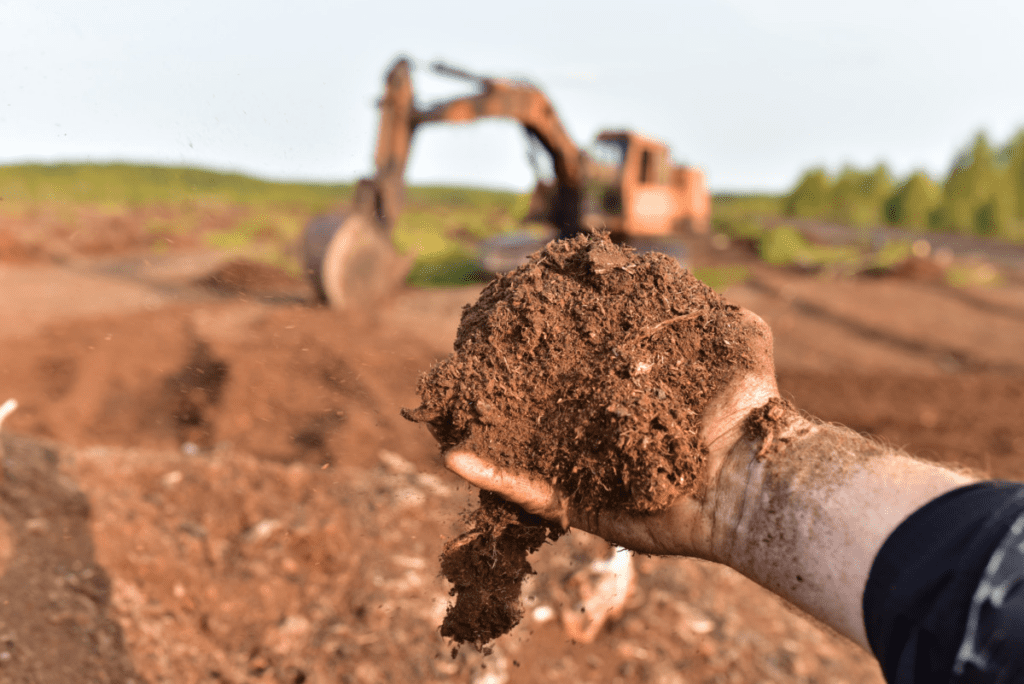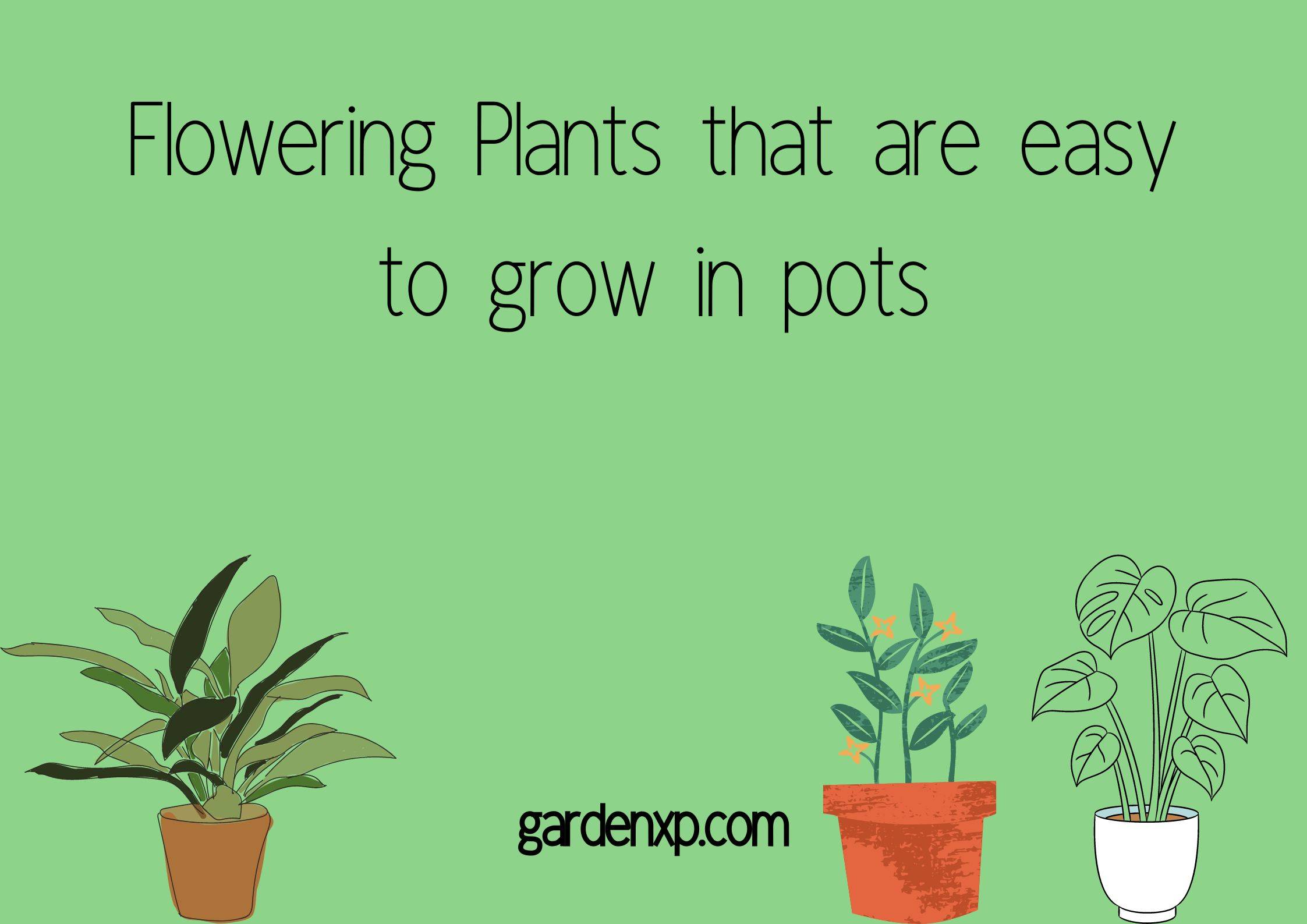Peat Moss vs Sphagnum Moss – Uses and Differences
Hey folks! Welcome back!
I hope you are doing great in your gardening field. Today I am here with an informative guide for you all. Here is a comparison of Peat Moss vs Sphagnum Moss. It is a very common problem that we sometimes get confused between plants of the same species.
If you are a gardener you must have proper knowledge of plants and trees. A common person may get confused by looking at two similar plants but a gardener must know the difference.
Quick takeaways:
- Well, it is not possible to remember all the plant species in mind but you must know about some of the basic plant species that are similar but not identical.
- One of the cases is with Sphagnum moss and peat moss which are two distinct forms of the same plant, yet their effects on the environment are very different.
- Technically, peat moss is sphagnum that has become soaked and decomposed. Sphagnum moss typically develops on the ground above the water’s surface.
In this article, we will discuss both the parts with their properties and usage so that it would be easier for you to make differences between them.
About Sphagnum Moss
Sphagnum moss is one of the mosses that is made up of different species of sphagnum. You will observe that this moss will grow on top of damp soil, and it will thrive well in wet climatic conditions.
It is being harvested in Canada, Scotland, Ireland etc. Its top layer is harvested, dried, and compressed, and then it is sold to the plant adorers in the market who like to grow their plants in this medium.

You will be happy to know that its texture is light. It looks like a sponge when it is wet. It comes in various shades of grey, brown, and green. This type of moss will take about 5 to 6 years to grow.
About Peat Moss
Peat moss is another type of moss which is also called Decayed Sphagnum Moss. It is being harvested below the sphagnum moss. It will take time to grow because of less air. At first, it compresses the moss and forms a light texture.
Peat moss is one of the popular materials that is loved by farmers for the stunning growth of the plants. It is not sustainable to use this moss. It has a very sensitive ecosystem.
Properties of Sphagnum Moss
- Sphagnum Moss generally grows in acidic soil with a low pH level. With this, it can be concluded that they do not grow in an alkaline medium and resist the water having lime content.
- They are primarily found in damp tundra regions, conifer forests, and peat bogs in the Northern Hemisphere.
- Sphagnum moss is entirely composed of living moss. Chlorophyll-containing cells in the plant’s leaves enable photosynthesis.
- These plants have the property that you can see different parts and they have shallow roots. Simply, you can distinguish the stem from the branches and leaves just by looking at the plant.
- The fragmentation process occurs for their reproduction. Sphagnum moss reproduces asexually when mature plants get split into tiny fragments to grow.
Properties of Peat Moss
- Peat moss is uniform in its makeup.
- Its pH is low, ranging from 3.0 to 4.0. So acid-loving plants like camellias and blueberries do well in peat moss.
- Few microbes are present.
- Peat moss has no life whatsoever. It is free of dangerous substances like diseases and weed seeds.
- Diseases are not prevented by peat moss.

Uses of Sphagnum Moss
- It is used to propagate plants and as a seed starting.
- It is used to create art projects like basket lining.
- Sphagnum moss retains moisture in the soil by holding a lot of water in its capillaries.
Uses of Peat Moss
- They are best for gardening because they have the property of holding water that maintains the humidity level of the soil.
- They have the property of Cation exchange which helps to hold nutrients in the soil.
- Decreases the pH of an aquarium and aids with pollutant filtration.
- Peat moss can be used as mulch.
Differences between Peat Moss vs Sphagnum Moss
From the properties and uses mentioned above, you may get an idea that these forms are different. To remove some remaining doubts let’s now read about the major differences between Sphagnum moss and peat moss considering some factors.
1. Structure
The first way to make a difference is by looking at their structures. Sphagnum moss has different parts which mean you can easily see leaves, stems, and branches differently.
On the other hand, peat moss has a fine-textured structure due to its decomposed parts which makes it difficult to distinguish its parts.
2. Regeneration
Sphagnum moss regenerates five to six years after harvesting. Peat moss, on the other hand, grows back after a very long time. There is a huge difference in the life cycle because peat moss is a decomposed form that takes time.
3. Usage
Sphagnum moss works well as a seed starter and is frequently used in plant propagation. Peat moss, however, is perfect for improving gardening soil. You have already seen various uses of these two above in this article which may clear your confusion.

4. Moisture Content
Sphagnum mosses are visible on the soil’s or wetlands’ surface. Peat mosses, on the other hand, are submerged. Peat moss is extremely well-hydrated in its natural state. It has a water content of up to 70%.
5. pH levels
If we talk about the acidic content of these two forms then Sphagnum Moss comes out to be more neutral. Peat moss has a pH range between 3.0 and 4.5, making it more acidic due to the tannins present in it. Sphagnum moss is more neutral than peat moss since it doesn’t contain these acidic tannins.
We hope that your confusion has been solved. Now you can easily differentiate between Sphagnum Moss and Peat moss. Many also ask about which one to choose: Sphagnum Moss or Peat Moss. Now, the thing which is best for you depends on your requirements and circumstances.
For example, Sphagnum moss is the finest when it comes to enhancing soil drainage. Peat moss, however, is the finest if you want to sow seeds or introduce potted plants in your house.
Sphagnum moss vs Peat moss
Do you know which moss is better for you? If yes, then choose accordingly, but if not, then you should know about it. Below are the points to know about them. They are as follows:
Sphagnum moss
- It is one of the amazing seed starting that is loved by farmers.
- It is a good medium for propagation.
- It provides good airflow in the plants.
- It does not include many nutrients.
- It has a neutral pH level.
Peat moss
- It is economical to choose this moss.
- Its pH level is acidic.
- You are required to neutralize the soil.
- It tends to retain the water amazingly.
- It has various sustainability problems.
- You have to make the soil stiff when it’s dry.
Are Sphagnum Moss and Peat Moss the Same?
You will be happy to know that there are more than 300 species of sphagnum moss. They provide both Spagngum moss and peat moss.
As you know, sphagnum moss is harvested in the regions of wetlands. After you drain it, it will develop sphagnum moss. It is a living plant that will be harvested if it is alive.
On the other side, peat moss is another type of moss that is being settled on the bigs of sphagnum bottom which will include dead plants.
Both of the mosses are dead if you do not harvest them. In a few terms, they are the same because they will retain the water in the plant.
Concluding lines
In this guide, you come to know that Sphagnum Moss generally grows in acidic soil with a low pH level. With this, it can be concluded that they do not grow in an alkaline medium and resist the water having lime content.
On the other hand, Peat moss is uniform in its makeup. Its pH is low, ranging from 3.0 to 4.0. So acid-loving plants like camellias and blueberries do well in peat moss. Read the whole guide to understand the differences between Peat Moss and Sphagnum Moss.
Thanks for reading! Happy gardening!
FAQs
1. Is sphagnum moss acidic or alkaline?
Sphagnum moss is acidic that has a pH range of about 3.0 to 4.0.
2. Where do you find sphagnum moss?
Sphagnum moss can be found in wetlands, peat bogs, moorland, etc. Even they get harvested in New Zealand.


